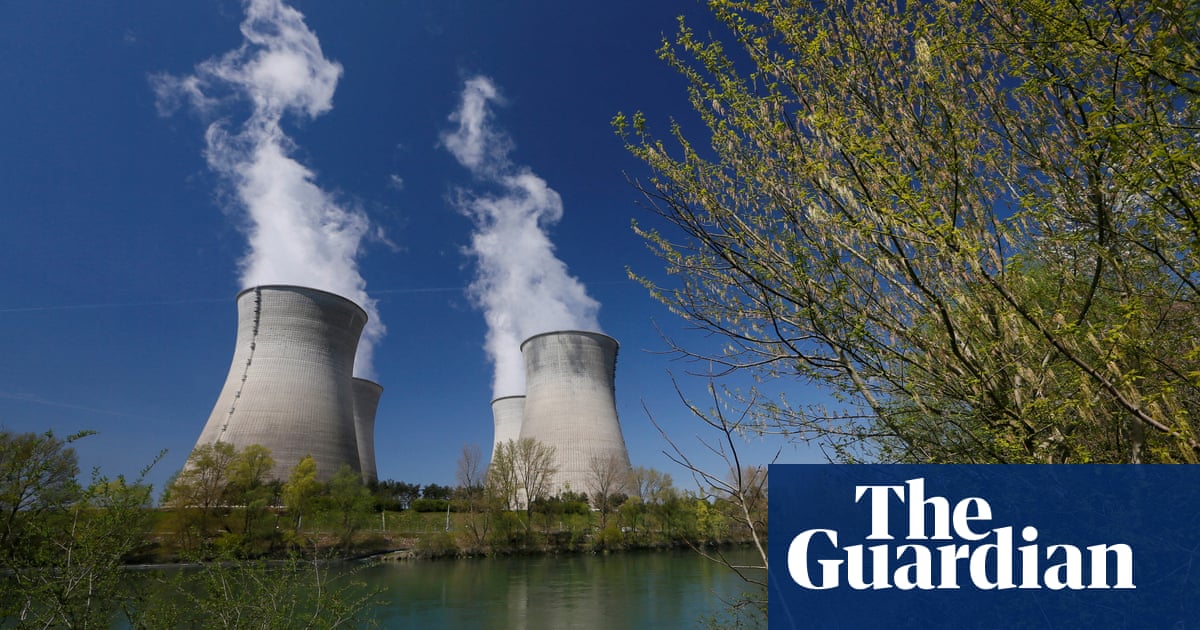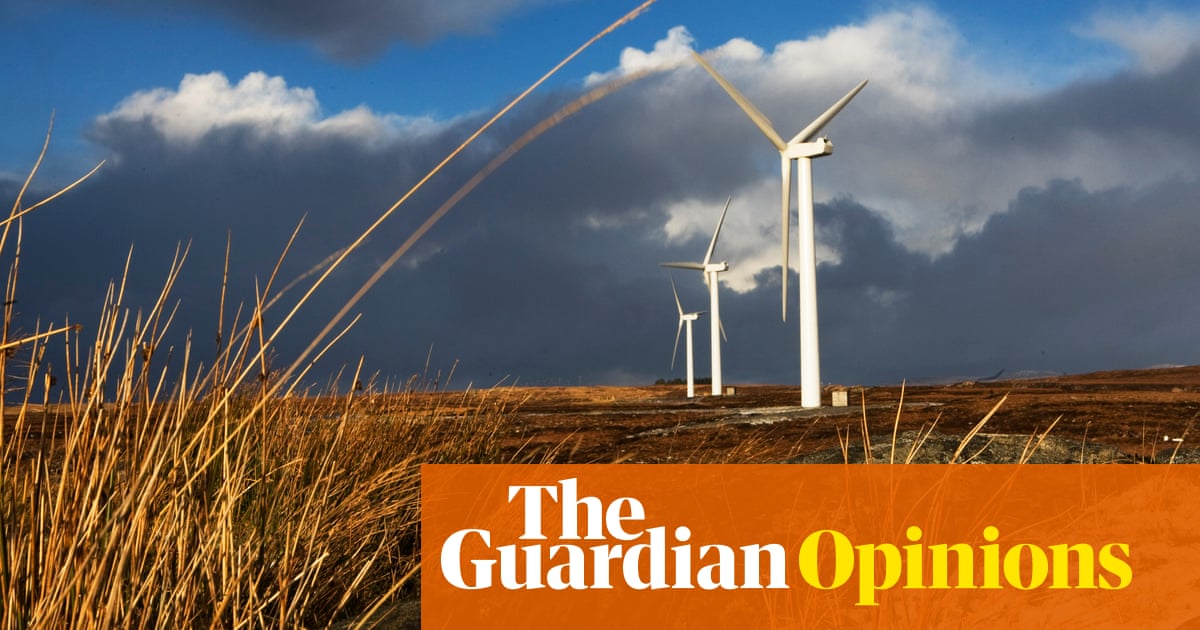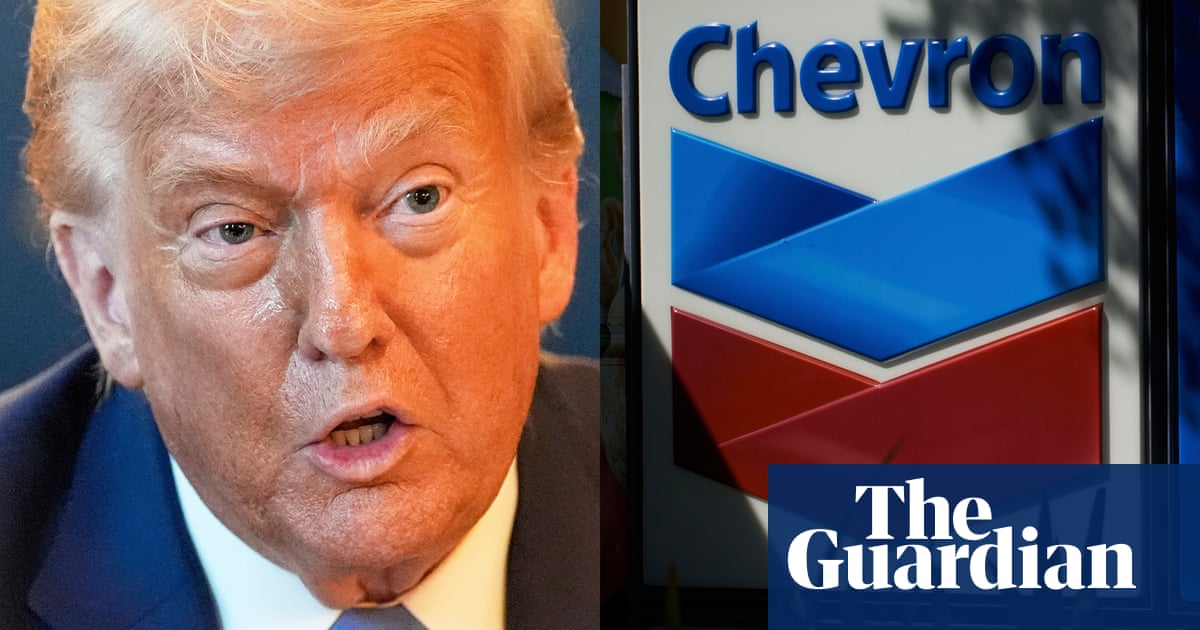Six things we learned about the future of energy security at UK summit | Energy

The UK and the International Energy Agency gathered ministers and high-level officials from 60 countries to Lancaster House in London for two days of talks on the future of energy security this week. The EU was out in force, the US sent a top official, but China stayed away. Here’s what we learned.
Energy security is national security
Though the geopolitical chasms between the US, China, Europe and Russia, and the gap between the rich world and the global south, yawned as wide as ever, there was one thing that all countries could agree on: having secure and reliable supplies of energy is a top priority for everyone, and those supplies are growing more insecure.
“Energy security is national security,” declared Keir Starmer, the UK prime minister, and none of the warring parties disagreed. Without energy security, modern societies and modern economies cannot function. Where countries have different ideas is on how to secure those energy supplies.
Starmer made clear that he sees the UK’s future in terms of clean, low-carbon energy. In a sharp rebuttal to critics of net zero, in other parties and within Labour, he made a striking commitment to “accelerate” the push to decarbonise power. It was an unmistakable vote of confidence in Ed Miliband, the UK energy secretary, who has been the subject of unfriendly briefings from sections of his own party.
Fossil fuels are not the answer – unless you are the US
One of the key themes brought up by delegates from Europe, the developing world and others, was the “weaponisation” of energy supplies in conflict, particularly by Russia in its invasion of Ukraine.
Russia’s control of gas supplies sent prices of fossil fuels soaring, and inflation followed, generating a cost of living calamity with widespread pain for the less well-off around the world, and political crises for the parties in power in numerous countries.
For the vast majority of countries at the conference, the lesson was to seek alternatives to fossil fuel energy. That has the added bonus of tackling the climate crisis, which is its own source of geopolitical tension and looming planetary disaster.
But petro states, and fossil fuel companies, were well-represented among the 60 countries and 50 global companies present. The US was the most vocal supporter of fossil fuels. Tommy Joyce, acting assistant secretary at the Department of Energy, hushed a plenary session when he declared that the goal of reaching net zero greenhouse gas emissions by 2050 was “harmful and dangerous”, and warned of “putting abstract emission goals in the interests of our adversaries first and the security of our people last”.
China sees acting on climate as another way of building international relationships
Xi Jinping, president of China, chose a small closed-door meeting of 18 world leaders convened by the UN on Tuesday to make his biggest international intervention on the climate in several years. In pointed remarks, in which he did not mention the US or Donald Trump by name, he said: “Although some major country’s persistent pursuit of unilateralism and protectionism has seriously impacted international rules and the international order … as long as we enhance confidence, solidarity and cooperation, we will overcome the headwinds and steadily move forward global climate governance and all progressive endeavours of the world.”
He sought to position China as a protector of developing countries, and a climate leader on the world stage. He vowed that China would “not slow down its climate actions”, and boasted that the country had “built the world’s largest and fastest-growing renewable energy systems as well as the largest and most complete new energy industrial chain”.
China did not send a delegate to the London conference, which may have been of some help in ensuring the US was present.
Andreas Sieber, associate director of global policy at the campaign group 350.org, said: “This is a major breakthrough … The question now is not whether China will act, but how far it is willing to go.”
Nuclear is a point of common ground for some countries
Fatih Birol, executive director of the IEA, spent much of the conference emphasising that energy security was about all sources of energy. He was at particular pains to insist that oil and gas would be “part of the energy mix for years to come”.
But he also had warm words for nuclear power. Despite its cost and the difficulties of building nuclear plants, not to mention the physical security of those plants and the problems of dealing with radioactive waste, nuclear power is attractive to many governments. This is because it offers baseload power generation, which can help to balance electricity grids with a high input from intermittent sources of renewable energy such as wind and solar.
France has one of the world’s most highly developed nuclear power industries. Energy minister Marc Ferracci was eager to talk about the advantages. “Nuclear is still very attractive,” he said. “The cost can be high in the short run, but in the long run it provides dispatchability and baseload. It makes the electricity system more resilient, and that resilience is very important.”
Miliband singled out nuclear as one of the areas of “common ground” on energy and climate policy between the UK and the US.
US rejection of climate policy could divert investment elsewhere
Donald Trump has withdrawn the US from the Paris climate agreement and has been disrupting the renewable energy industry, calling a halt to an offshore windfarm off the coast of New York earlier this month, and threatening more action to stifle projects. Meanwhile, he is boosting fossil fuels.
But there could be opportunities for other countries, which are open for business on renewable energy and seeking investors. On the eve of the summit, Starmer said: “Let my message to the world go out: come and build the clean energy future in Britain.”
While he was not taking aim at the US, investors shunned in one major economy will have little difficulty in seeing where their capital will be welcomed.
Critical minerals really are critical
Everyone wants to talk about critical minerals, the blanket term for metals and so-called “rare earth” elements that are essential to building clean and low-carbon technologies, from wind turbines and electric car batteries to solar panels and electricity grids. Critical minerals include a wide range of materials, including lithium and cobalt, more exotic sounding elements such as yttrium and scandium, and more common metals such as nickel and copper.
Some of these elements are rare and others relatively common, but what unites them is increasing demand while sourcing such materials is growing more difficult and costly, and processing them is often concentrated in the hands of a small number of specialist operations. China has a stranglehold on this market, processing 60% to 80% of the global supply of some of these materials.
Joyce, the US delegate, warned “there are no alternatives” to China in sourcing critical minerals, urging countries to stick to oil and gas instead.
David Lammy, the UK foreign secretary, told a closed-door meeting at the conference that securing the supply chain of components for clean energy – from solar panels to electric vehicles – was the next challenge for decarbonising the planet. “The next mission of the Global Clean Power Alliance [a grouping spearheaded by the UK] addresses the need for resilient, secure, and low-cost clean energy supply chains. These vital chains are concentrated in a few markets, creating barriers to investment and limiting economic benefits. The responsibility rests on all our shoulders to lift these barriers.”
Source link







